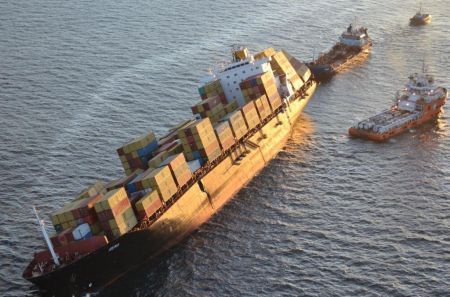
According to the Council, the applicant now has to confirm if it still wishes the Application to proceed directly to the Environment Court.
Regional Council Chief Executive Mary-Anne Macleod said that in addition to the 151 submissions, the Council had prepared its own technical report, (s87F), analysing the application and its supporting material.
“The report concludes that the damage already caused by the grounding, coupled with the difficulty and high health and safety risks of full wreck removal essentially restricts the options available.”
Ms Macleod said that the Council’s s87F report recommends that, provided key issues can be adequately addressed through the consent process, including consideration of cultural concerns, the application should be granted.
The Council has also recommended a number of conditions for the Environment Court to consider if the consent is granted.
Ms Macleod acknowledged the report’s conclusion that while full removal of the wreck from the Reef was ‘technically possible’, it was not feasible, given the high health and safety risks associated with full removal.
There was also likely to be extensive further damage to the structure and ecology of the reef from on-going salvage, and further discharge of contaminants. These issues will be discussed at a future Council meeting, the Council said.
Ms Macleod says some key concerns with the Proposal needed to be further considered through the consent process.
These include potential long-term adverse effects of copper on the local environment and the reef ecology, potential cumulative effects of any future discharges and cultural effects.
The Council’s recommended conditions include the applicant clearing debris, removing remaining sections of the bow, working to remove copper, conducting underwater surveys, establishing a Kaitiaki Reference Group and a Technical Advisory Group and preparing a monitoring plan as well as working closely with Maori.
We use cookies to improve your experience. By continuing to use our site, you accept our Cookies, Privacy Policy,Terms and Conditions. Close X